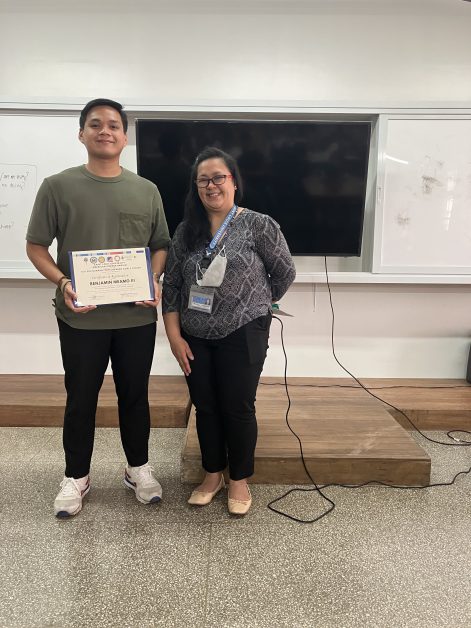By Keen Bridget Oviedo and Joy Anne Palaoag
In collaboration with the SLU Sustainable Development Goals Center, American Corner Baguio conducted a three-day lecture workshop on Civil Society Certification from May 9 to 11, 2023, on the 3rd Floor, Msgr. Charles Vath Library Audio Visual Room.
Selected high school students from Benguet and Baguio City attended the workshop, including Baguio City National High School (Media Arts, Grade 9), King’s College of the Philippines (Senior High School), Pines City National High School, Saint Louis School, Inc. High School Department, Saint Louis School of Pacdal, Saint Louis School of Aurora Hill, and a number of Community Society officers of Saint Louis University, School of Teacher Education and Liberal Arts. Students were grouped into six teams representing six SDGs, particularly Empowering Indigenous People, Climate Action, Mental Health, Justice and Peace: Interreligious Dialogue, Human Rights, and Women Empowerment.
These Civil Society Certification workshops address how to use photography and video as tools for civic engagement, especially as a Civil Society Campaign. The skills introduced in each workshop build upon each other. Successful completion of each workshop resulted in a Certificate of Completion.
The workshop facilitators were Dr. Janet S. Tibaldo (Video Production) and Kaye Leah Sitchon (Digital Photography), both from the SLU Languages and Communication Department of the School of Teacher Education and Liberal Arts, and Mr. Benjamin Meamo III (Civil Society Campaign) from the University of the Philippines – Baguio. SLU BA Communication students Emmanuel Gregorio and Jerick Raquedan also shared their experiences and practical tips and techniques in photography and video editing techniques.
Dr. Joselito Gutierrez, Executive Assistant to the President of SLU and the OIC of SLU SDG, spoke about the SDG center and the collaboration with American Corner. Through this endeavor, American Spaces offers participants a way to contribute in building a civil society that provides opportunity and justice in their countries and local communities. Together, teams at the Smithsonian Institution’s ARTLAB+ and the U.S. Department of State’s Office of American Spaces created this curriculum to empower participants to support broader national efforts to develop civil society. This advocacy is in line with SLU SDG and the American Corner in developing and implementing programs rooted in the CICM Mission and the UNESCO Sustainable Development Goals.
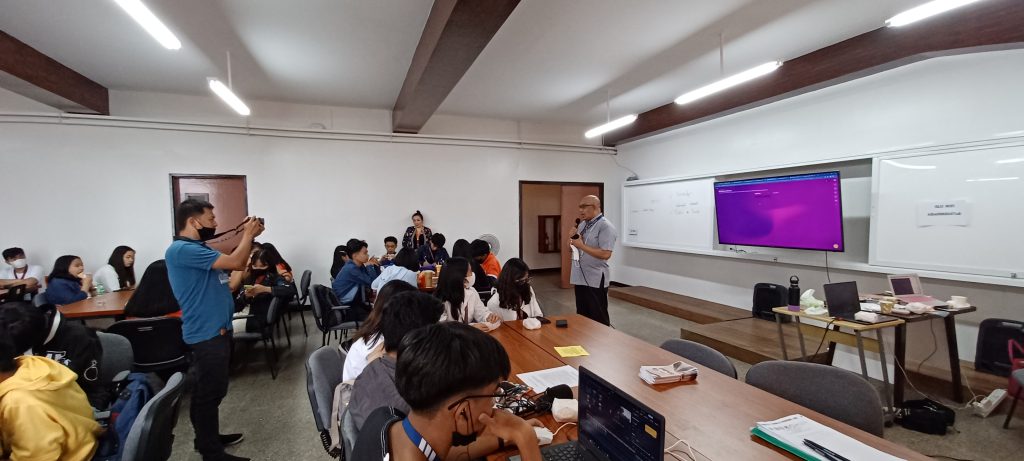
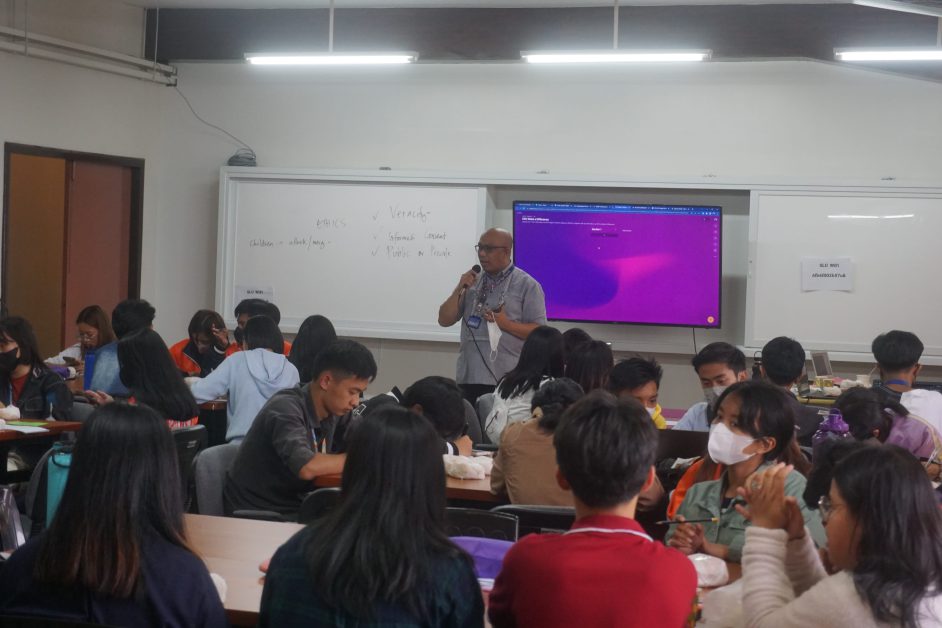
DAY 1 – DIGITAL PHOTOGRAPHY
Professor Kaye Leah Sitchon opened the first day of the lecture workshop with the topic of Digital Photography, specifically photojournalism for documentary photography and social documentation. She pointed out that visual content is highly effective at disseminating ideas and information in the current digital era for social change. It offers a stage for artistic expression and creativity. This form of creative expression promotes critical thinking and self-expression while adding to the cultural diversity of society. Individuals can better assess and interpret visual information by learning about composition, lighting, and basics principles of photography.
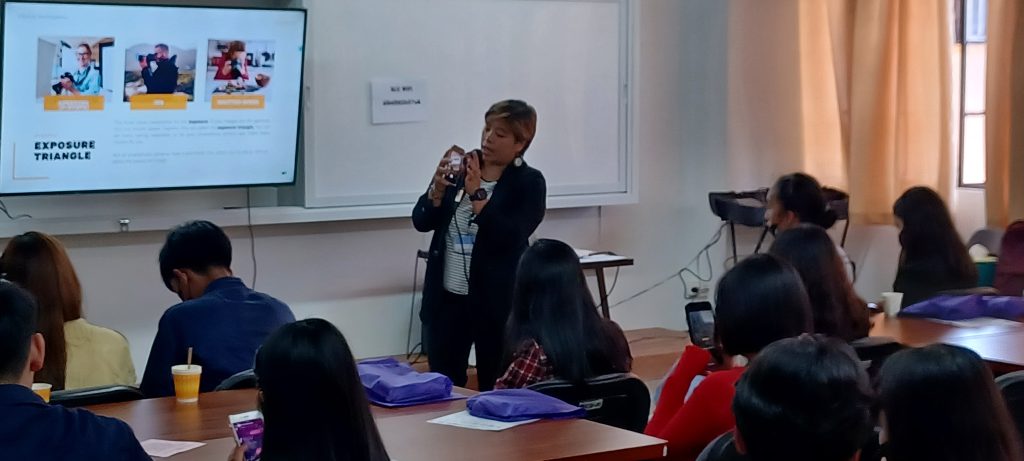

What followed next was a talk on Photography Techniques by 3rd Year BA Communication student, External Associate Editor White & Blue, and freelance photographer Emmanuel Gregorio. He highlighted the importance of photo composition in taking good photographs and gave practical tips on isolating the subject. He expressed that photography is a visual language and that a photographer should shoot with intention.
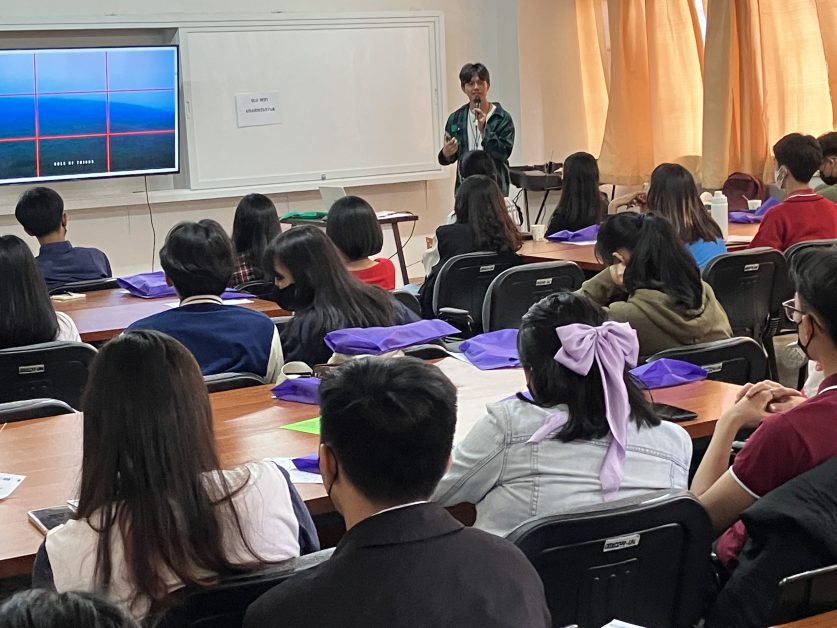

As their first community engagement challenge, students took a photo walk on the SLU university grounds to assemble a photo essay emphasizing their assigned SDGs. Each group was given forty-five (45) minutes to take their photos, followed by some editing time to finalize their outputs, ready for presentation. A total of ten (10) photos per group were uploaded in the assigned Padlet link. Invited teachers from the respective schools served as the panel of judges. Ultimately, two photos per group were chosen for the best photos. Selected students were awarded prizes, including White and Blue’s “Iglap” and “Kwaderno” copies.
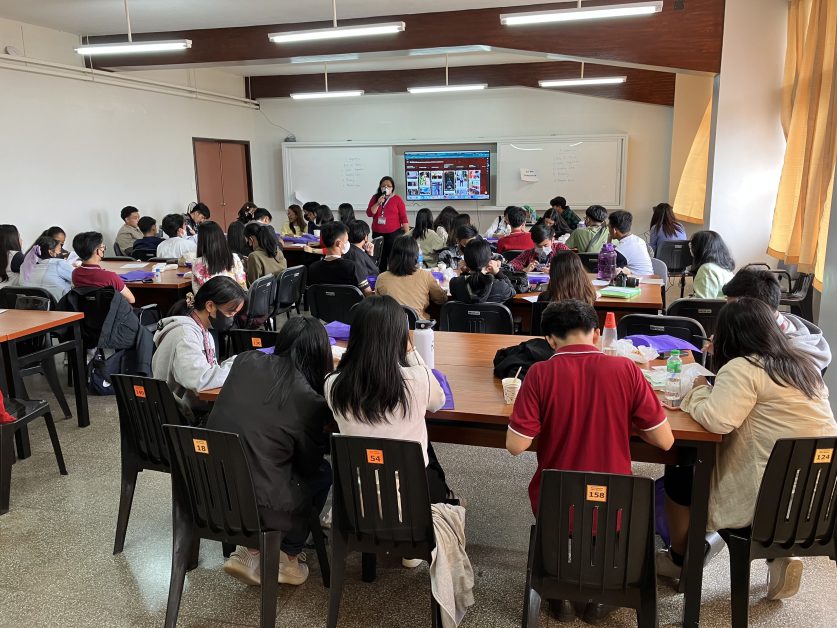




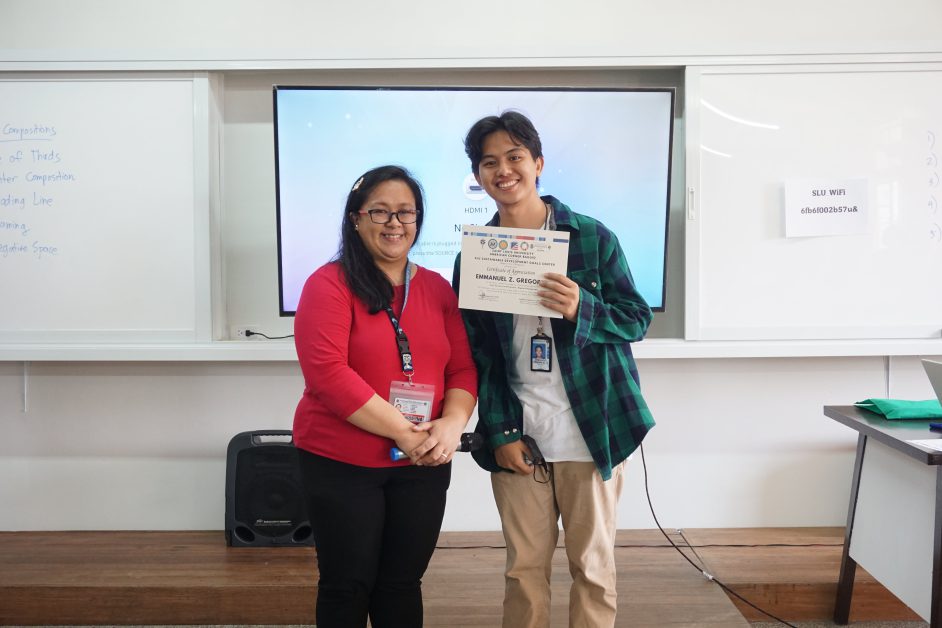

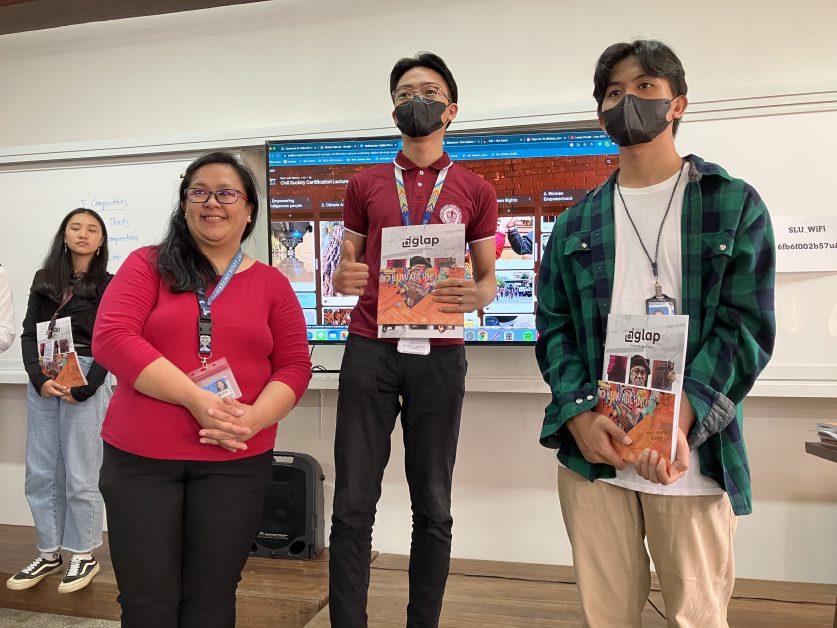
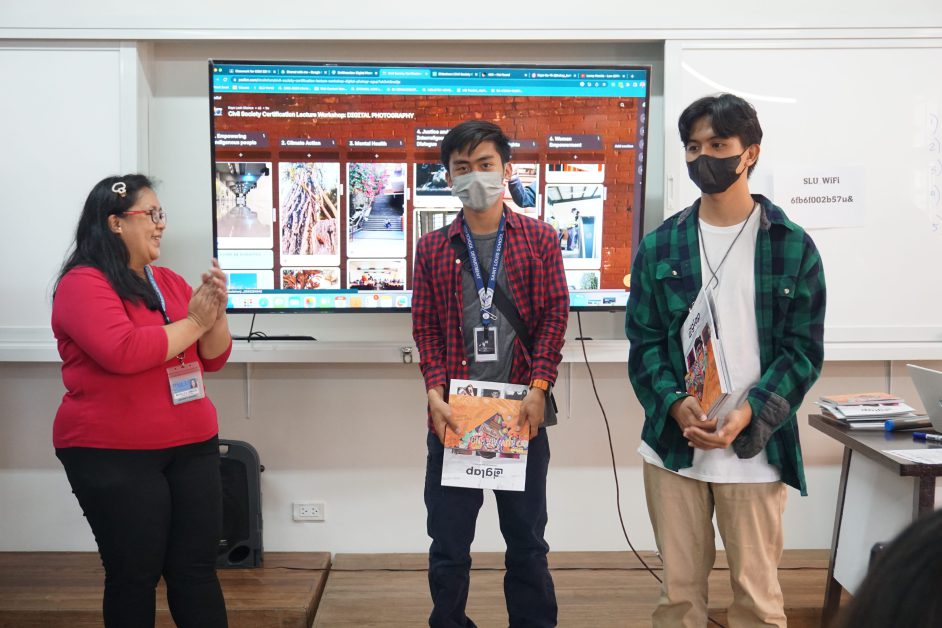
DAY 2 – VIDEO PRODUCTION AND EDITING
SLU Communications Professor Janet S. Tibaldo gave her talk on “Make a Difference in Your Video,” which focused on recording a video story for any media channel, whether for traditional or new media. She highlighted two things: AFTOM (Author, Format, Target audience, Goal, Message) and CAMPHOR (Creative content, Accountable Authenticity, Memorability, Power, Heart Humanization, Originality, Relevance, Relatability, and Responsibility). These acronyms detail the process of creating a compelling video narrative. They make their story positive and meaningful without causing prejudice on any personality or organization. She also reminded the students that in filming their videos, they should be aware of what VIP (Veracity, Informed Consent, and Public or Private) entails.



Mr. Jerick E. Raquedan, a 4th-year intern specializing in video production and editing, then shared his knowledge and skills in videography. He focused on the “Seven Deadly Sins of Videography,” including editing techniques for mobile or desktop using video editing software, like Adobe Premiere.



The second community engagement challenge centered on video production using the knowledge they’ve gained in the morning session. Students went around the campus, conducted interviews, and actively engaged in a community participation exercise through a video production related to their assigned civil society groups.


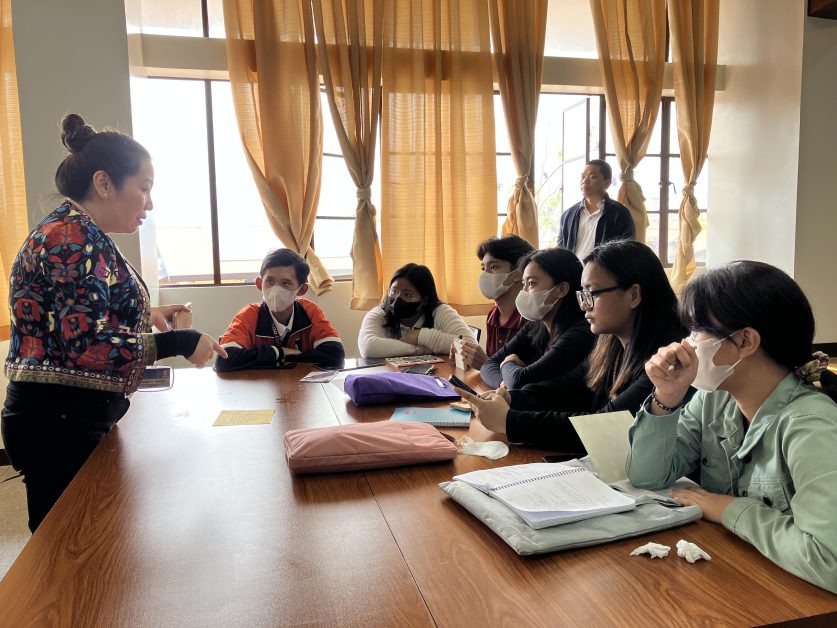


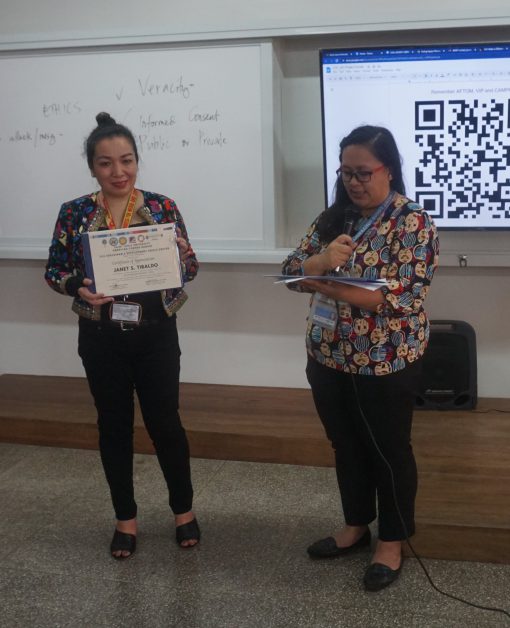
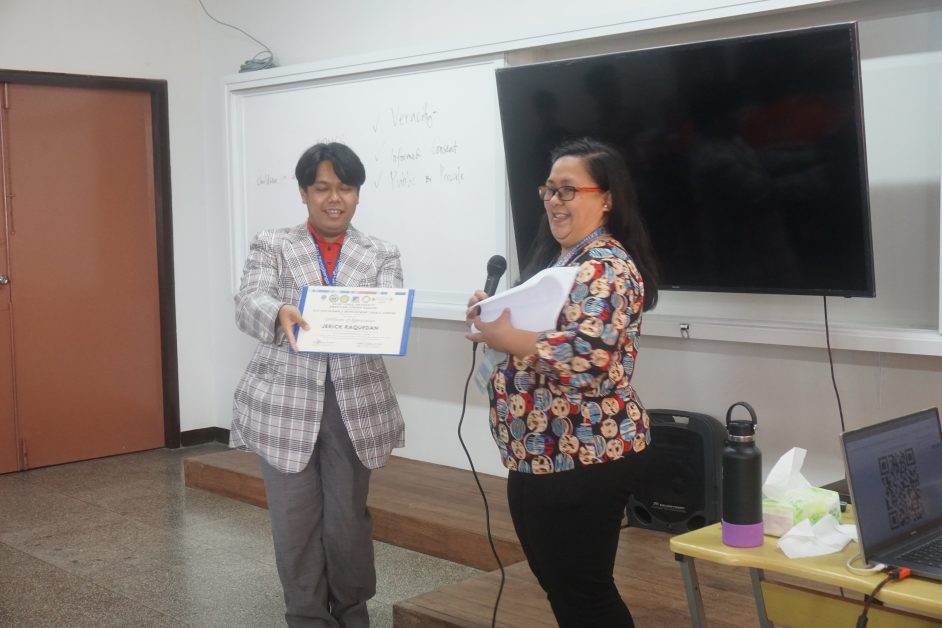
DAY 3 – CIVIL SOCIETY CAMPAIGN
For Day 3, Mr. Benjamin Meamo III gave a comprehensive discussion on the essentials of a Civil Society Campaign. His talk began with the definitions of digital campaigns, the elements and stages of creating a digital campaign, and the production phase of digital campaigns. He then delved deeper into how to make one by planning out the concept or message, establishing the objectives, targeting the audience, plotting out the research process, and assessing and evaluating the material.


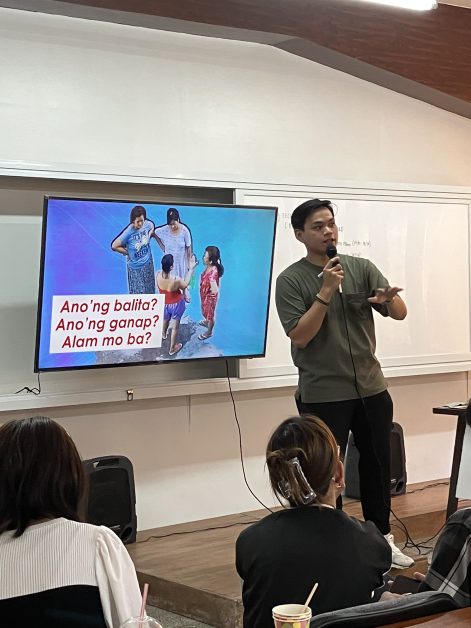
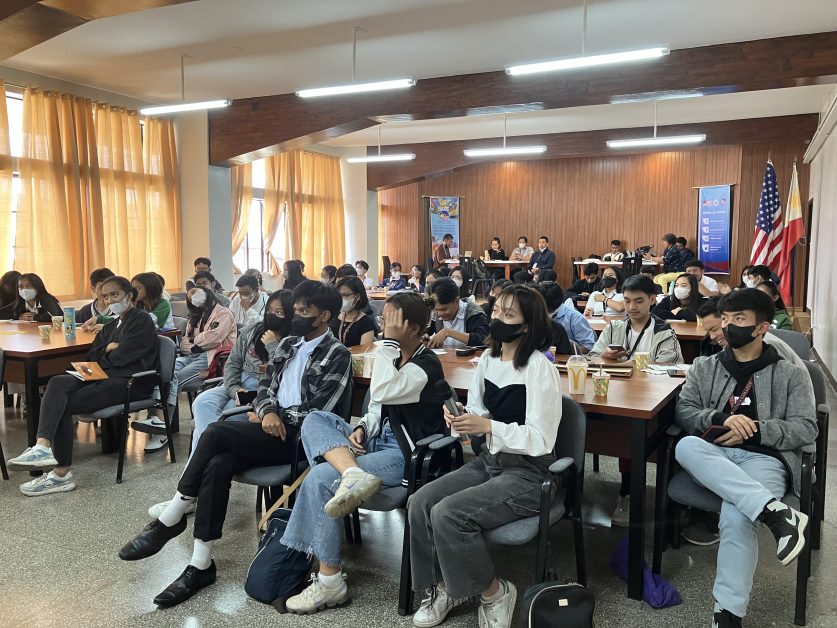

Mr. Meamo emphasized creating a storyboard that sets the creative direction of any civic campaign. Essential details in this talk include developing the message, determining the objectives, deciding on the character or subject, effectively showing the issue or conflict, and deciding which platform to use for the campaign. Depending on the goal of the video, running a civil society campaign should shed light on the current issues and challenges of society today, including politics, the economy, culture, and ideology.


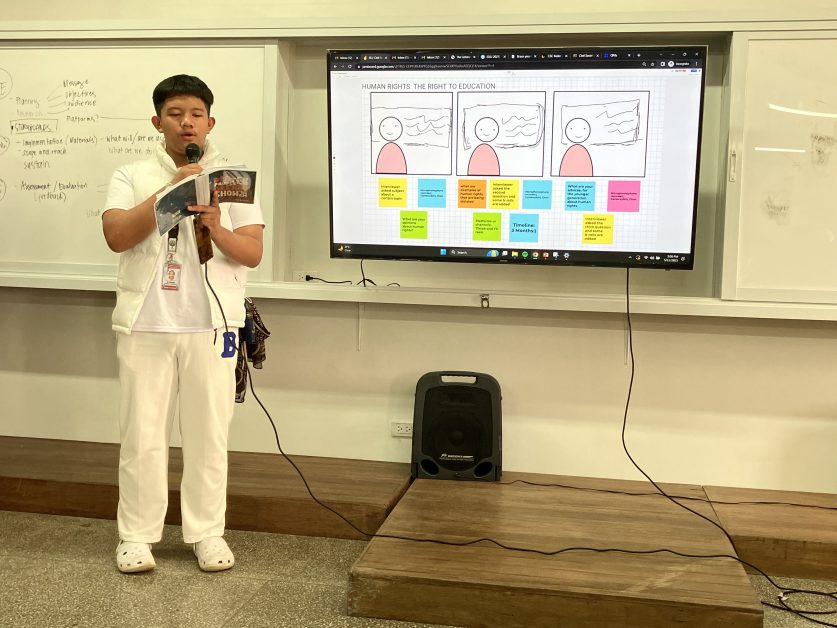
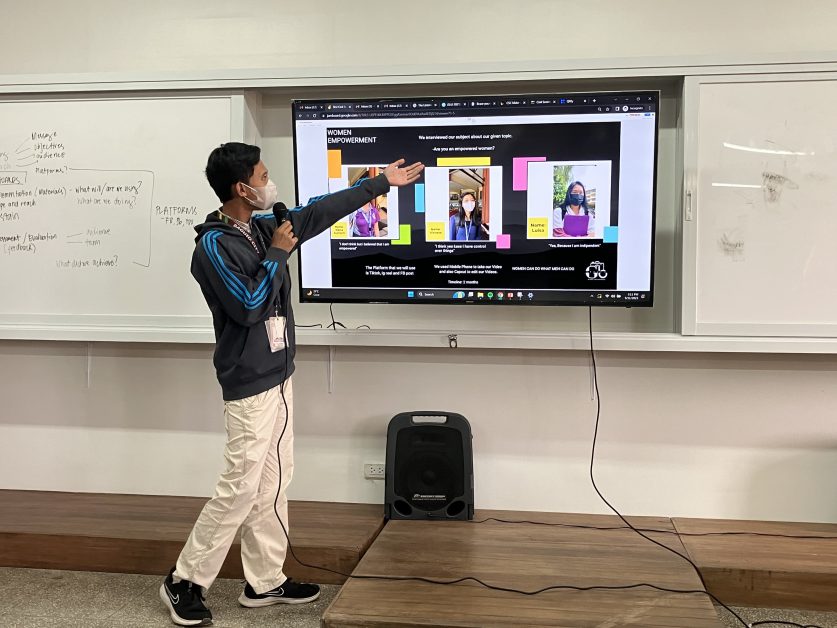

The third community engagement challenge allowed students to craft a storyboard for the SDG assigned to their group. Mr. Meamo allotted significant time to coaching and mentoring the students to put their campaign ideas to fruition.
